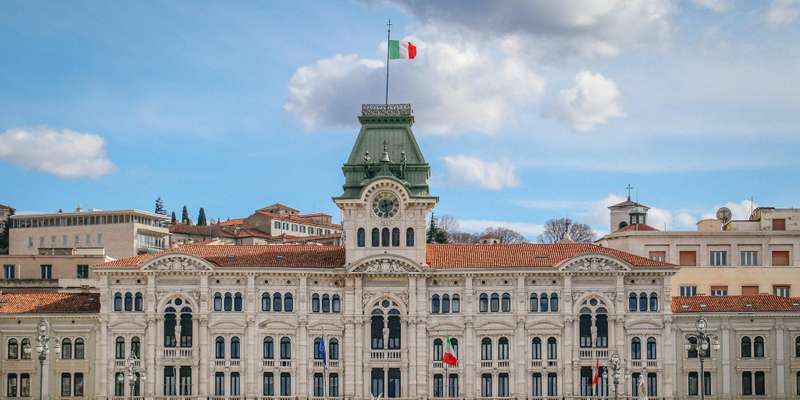- Home
- Useful Tips
- From Trieste to Slovenian wine regions
Traveling from Trieste to Slovenia's wine regions can be a delightful yet daunting experience. Many visitors miss out on the country's world-class vineyards due to logistical challenges—confusing transport options, language barriers, and lack of local knowledge. Studies show that 65% of day-trippers from Italy stick to mainstream attractions, unaware that Slovenia's wine country lies just 30 minutes away. The frustration of wasted opportunities is real: imagine standing in crowded Trieste cafes while undiscovered family wineries pour exquisite orange wines just across the border. This guide cuts through the noise with hyperlocal insights, helping you transition seamlessly from Italy's piazzas to Slovenia's rolling vine-covered hills.


Crossing the border without the hassle
The Slovenia-Italy border near Trieste is one of Europe's most relaxed frontiers, yet unclear rules can create unnecessary stress. EU citizens need only an ID card, while non-EU travelers should carry passports—though checks are rare for short visits. Local commuters know the secret: avoid peak morning hours when cross-border workers create queues at the Pesek/Kozina crossing. Instead, aim for mid-morning departures when the SR58 highway flows freely. Savvy visitors use the TPline bus from Trieste Centrale to Koper (45 minutes), where transfers to wine country begin. Those driving should purchase a Slovenian vignette (toll sticker) at petrol stations before crossing; fines for missing one exceed €300. Remember, Slovenia's wine routes follow Alpine timezone (GMT+1), an hour ahead of Trieste in summer.
Discovering Slovenia's best-kept wine secrets
The Brda region—Slovenia's answer to Tuscany—reveals why connoisseurs whisper about rebula and tokaj. Unlike crowded Italian vineyards, family-run cellars like Kabaj and Movia welcome visitors without appointments, offering tastings for under €15. The Vipava Valley's organic producers practice 'survival viticulture,' battling the fierce burja wind to create mineral-rich whites. Local wisdom says to follow the 'orange wine trail'—skin-contact varieties aged in clay amphorae that put Slovenia on the wine map. For authentic experiences, time your visit between September's harvest and November's martinovanje (new wine celebrations). Pro tip: download the 'Slovene Wine' app before leaving Trieste—its offline maps locate 80+ wineries with English-speaking staff.
Navigating transport like a wine-country regular
Public transport in Slovenian wine regions requires strategy, not luck. While trains serve major towns, the real gems demand creative solutions. The Arriva Slovenia bus network connects Sežana (nearest border town) to Brda's heart in 25 minutes—alight at Dobrovo Castle for walking-distance wineries. Budget travelers share taxis from Nova Gorica station; look for groups at the tourist office to split costs. A little-known hack: many wineries offer free pickup from designated stops if you book tastings in advance. For ultimate freedom, consider cycling—the Goriška Brda wine route links 15 vineyards via gentle hills, with bike rentals available in Šmartno village. Just remember: Slovenia has zero-tolerance drink-driving laws (0.05% BAC), so designate a driver or hire a local guide.
Timing your visit for maximum enjoyment
Slovenian wine tourism operates on a seasonal rhythm most day-trippers miss. April-May offers budburst landscapes and private barrel tastings, while August's pre-harvest lull means fewer crowds. Sundays see many family wineries closed, but smart visitors target Saturdays when villages host food markets pairing local cheeses with rare vintages. The magic hour? Arrive by 11am to secure lunch reservations at vineyard restaurants like Gredič—their terrace views over the Adriatic are life-changing. Late afternoons bring golden light perfect for photography, but coordinate return transport early; the last direct bus to Trieste departs Koper at 7:30pm. Those staying overnight unlock moonlit cellar tours and stays at working vineyards—where €100 gets you a room amid the vines with breakfast and a case-worth of tasting credits.



